
The Pass Summit 2014 is now over and it’s time for us to go back home. I want to share my favorite sessions with you in this post.
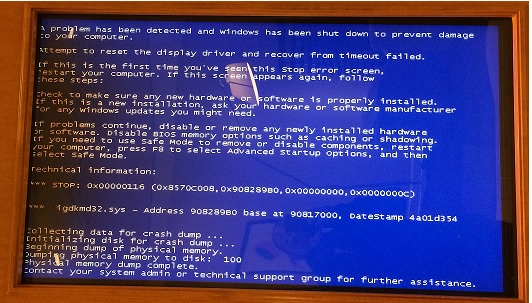
Pass Summit was really an amazing event regardless of the expertise area (BI or SQL Server engine). This was also a good opportunity to meet SQL Server guys in others countries as well as the French SQL Server community. We attended a lot of interesting sessions and I admit it was often difficult to choose between two or more sessions at the same time. Nevertheless, here is my list of favorite sessions I was able to participate in:
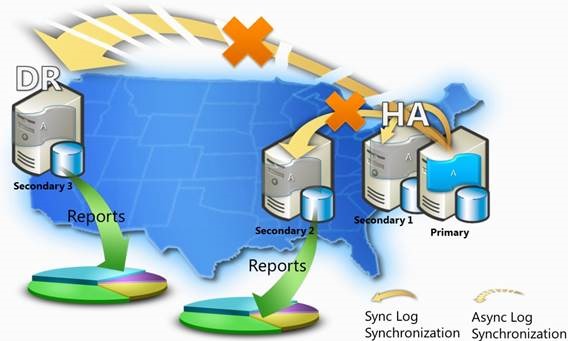 SQL Server 2014 AlwaysOn (high availability and disaster recovery) and troubleshooting – Kevin Farlee & Trayce JordanThese sessions was a good reminder of what SQL Server AlwaysOn exactly means. Indeed, AlwaysOn is only a label that defines two main technologies: SQL Server FCI and availability groups. Kevin Farlee described some improvements provided by SQL Server 2014 for availability groups like diagnostics, availability of the read-only replicas, resilience of the network that reduce node eviction, usage of cluster shared volumes with SQL Server 2014 FCI and others. I remember to have some blog posts in my todo list. We also had an interesting experience feedback of the support team that concerns different availability group issues and how they resolved them. It was very funny when Trace Jordan asked us for our feedback concerning availability group issues. In my case, I know I already had to face to some issues, but some people in the meeting room too, it seems 🙂
SQL Server 2014 AlwaysOn (high availability and disaster recovery) and troubleshooting – Kevin Farlee & Trayce JordanThese sessions was a good reminder of what SQL Server AlwaysOn exactly means. Indeed, AlwaysOn is only a label that defines two main technologies: SQL Server FCI and availability groups. Kevin Farlee described some improvements provided by SQL Server 2014 for availability groups like diagnostics, availability of the read-only replicas, resilience of the network that reduce node eviction, usage of cluster shared volumes with SQL Server 2014 FCI and others. I remember to have some blog posts in my todo list. We also had an interesting experience feedback of the support team that concerns different availability group issues and how they resolved them. It was very funny when Trace Jordan asked us for our feedback concerning availability group issues. In my case, I know I already had to face to some issues, but some people in the meeting room too, it seems 🙂
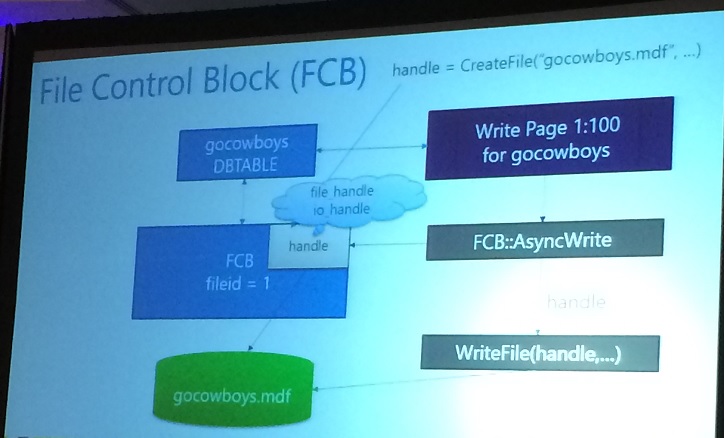 Latches, locks, free structures and SQL Server IO – Bob Ward & Klaus AschenbrennerI have to admit my brain was sometimes burning during both sessions … this is what we can expect from a 500-level session :-). If I have to summarise here what can I tell from these two sessions: On one side we learned about latches and spinlocks, how they can be problematic for critical workloads and how can we can analyse and resolve them as well. On the other side, we learned about low-level Windows API and structures used by SQL Server concerning IOs. We saw interesting demos with DMVs, extended events and the Windows debugger. Personally, I’m a fan of these topics and I hope to give some sessions on this subject in the future.
Latches, locks, free structures and SQL Server IO – Bob Ward & Klaus AschenbrennerI have to admit my brain was sometimes burning during both sessions … this is what we can expect from a 500-level session :-). If I have to summarise here what can I tell from these two sessions: On one side we learned about latches and spinlocks, how they can be problematic for critical workloads and how can we can analyse and resolve them as well. On the other side, we learned about low-level Windows API and structures used by SQL Server concerning IOs. We saw interesting demos with DMVs, extended events and the Windows debugger. Personally, I’m a fan of these topics and I hope to give some sessions on this subject in the future.
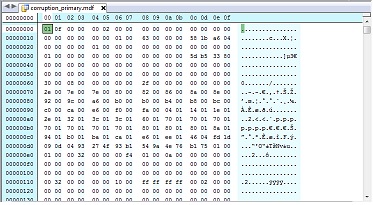 Advanced data recovery techniques – Paul RandalA very interesting session by Paul Rand in which he described different corruption cases and how to resolve them. The most part of the session was dedicated only to demos and I was able to see that some corruptions are relatively simple to repair while for others this is not the case, as they require strong internal structure skills concerning SQL Server pages. A powerful command that Paul used during the session: DBCC WRITPAGE – in order to corrupt database pages. I occasionally used this command in my blog. Be careful not to use it in production! Probably the most importance lesson to learn from this session: Practice! Practice! Practice!
Advanced data recovery techniques – Paul RandalA very interesting session by Paul Rand in which he described different corruption cases and how to resolve them. The most part of the session was dedicated only to demos and I was able to see that some corruptions are relatively simple to repair while for others this is not the case, as they require strong internal structure skills concerning SQL Server pages. A powerful command that Paul used during the session: DBCC WRITPAGE – in order to corrupt database pages. I occasionally used this command in my blog. Be careful not to use it in production! Probably the most importance lesson to learn from this session: Practice! Practice! Practice!
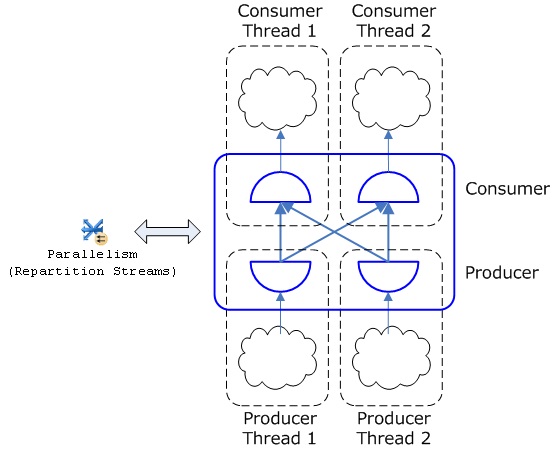 Query Tuning Mastery: Manhandling Parallelism, 2014 Edition – Adam MachanicA very impressive session on how to deal with parallelism on SQL Server. Adam already gave a session in 2012 on this subject and the new edition is on the same level than the preview. This is the type of sessions where you have to listen one or more times to hope understand all pieces of information. This also applies to Bob Ward and Paul Rand. A bit of work in sight…
Query Tuning Mastery: Manhandling Parallelism, 2014 Edition – Adam MachanicA very impressive session on how to deal with parallelism on SQL Server. Adam already gave a session in 2012 on this subject and the new edition is on the same level than the preview. This is the type of sessions where you have to listen one or more times to hope understand all pieces of information. This also applies to Bob Ward and Paul Rand. A bit of work in sight…
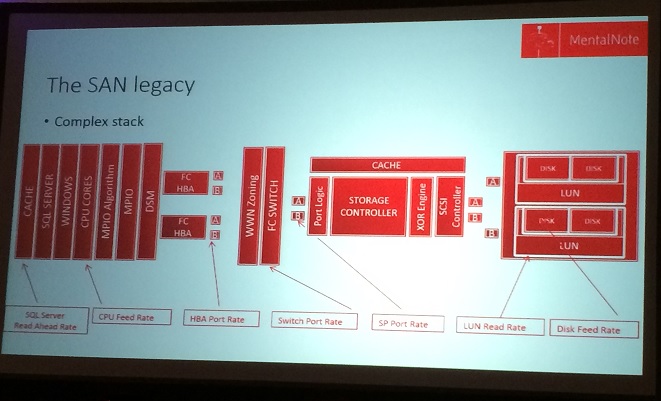 High Performance Infrastructure for SQL Server 2014 – Michael FrandsonMy last session of this summit and a good surprise for me! I didn’t know Michael before and this guy has specialized on storage, scalability, and virtualization. He has contributed to a lot of projects with Microsoft and SQLCat. Michael discussed new storages features in Windows Server 2012 / R2 and how they relate to SQL Server. We had an overview on Infiniband, SMB, multi-path IO, RDMA, RCoE, NAND flash at steady pace. Then we discussed topics of SQL Server features related to storage like buffer pool extension, In-memory tables, usage of local disk with SQL Server FCI. Finally, Michael finished his session with a pretty smart reminder: the SQL Server performance is carried out both at application level (developpers) and infrastructure level (DBA / architectes)
High Performance Infrastructure for SQL Server 2014 – Michael FrandsonMy last session of this summit and a good surprise for me! I didn’t know Michael before and this guy has specialized on storage, scalability, and virtualization. He has contributed to a lot of projects with Microsoft and SQLCat. Michael discussed new storages features in Windows Server 2012 / R2 and how they relate to SQL Server. We had an overview on Infiniband, SMB, multi-path IO, RDMA, RCoE, NAND flash at steady pace. Then we discussed topics of SQL Server features related to storage like buffer pool extension, In-memory tables, usage of local disk with SQL Server FCI. Finally, Michael finished his session with a pretty smart reminder: the SQL Server performance is carried out both at application level (developpers) and infrastructure level (DBA / architectes)
Before leaving Seattle, we had our ceremonial breakfast at the Seattle marketplace and our traditional burger party at Johnny Rockets …


See you at the next Pass summit!
By David Barbarin
![Thumbnail [60x60]](https://www.dbi-services.com/blog/wp-content/uploads/2022/12/microsoft-square.png)
![Thumbnail [90x90]](https://www.dbi-services.com/blog/wp-content/uploads/2022/08/STH_web-min-scaled.jpg)